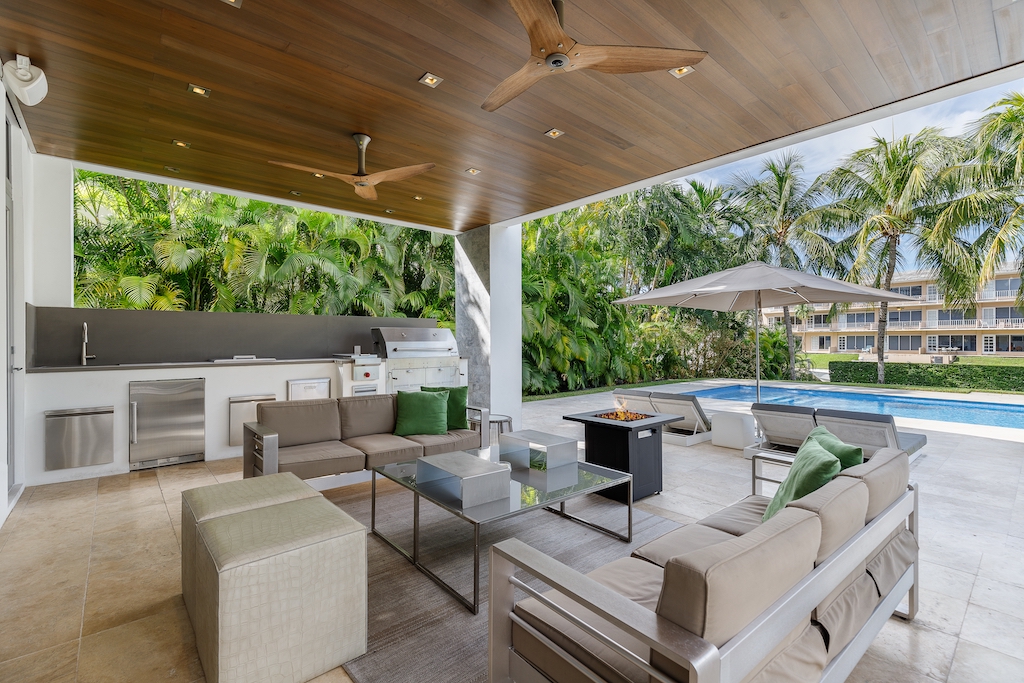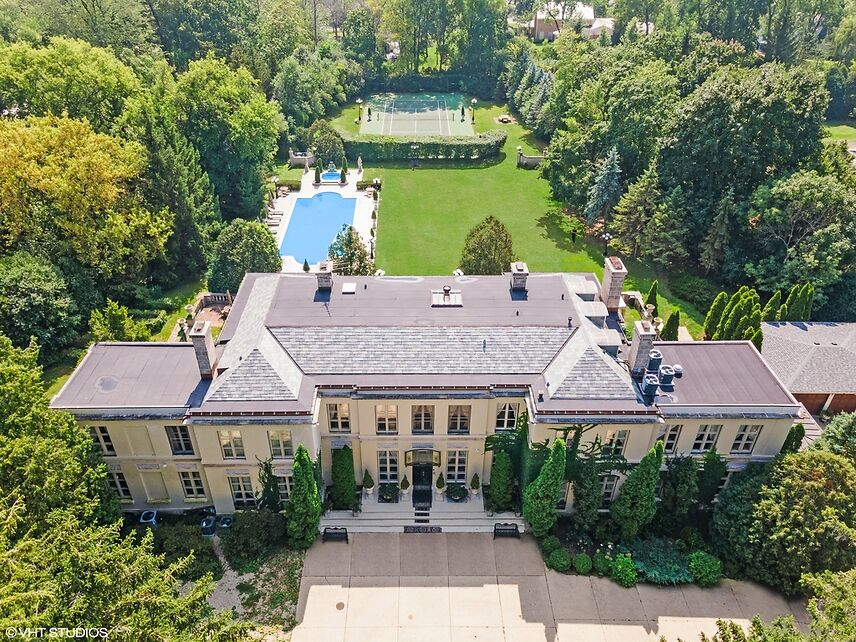Designing exterior spaces is an important aspect of creating functional and aesthetically pleasing environments. Whether it’s a backyard, a patio, or a public park, exterior spaces require thoughtful planning and design to ensure they meet the needs of their users.
 Photo Credit: Shutterstock
Photo Credit: Shutterstock
Here are the key concepts around designing exterior spaces.
Functionality
One of the key considerations when designing exterior spaces is functionality. The space must be designed to meet the needs of its users, whether it’s a space for relaxation, recreation, or socializing. The space must also be designed to accommodate the intended activities, such as providing ample seating for a large group, creating areas for outdoor cooking and dining, or incorporating play structures for children. The layout of the space should allow for easy circulation and access, and the design should be mindful of any potential safety concerns.
Site Analysis
Before beginning any design work, it is imperative to conduct a thorough site analysis. This includes an assessment of the site’s natural features, such as topography, drainage, and vegetation, as well as any existing structures or amenities that may impact the design. A site analysis can help identify potential challenges and opportunities for the design and inform decisions around placement and orientation.
Materials
Choosing the right materials is an important aspect of designing exterior spaces. The materials used should be durable, able to withstand the elements, and require minimal maintenance. The selection of materials should also be mindful of the intended use of the space and the desired aesthetic. For example, a concrete patio may be a durable choice for a heavily used outdoor space, while natural stone may be a better fit for a more rustic, natural setting.
Sustainability
Designing exterior spaces with sustainability in mind is becoming increasingly important. This includes considerations around water conservation, energy efficiency, and the use of environmentally friendly materials. Incorporating features such as rain gardens, permeable paving, and native vegetation can help reduce water usage and runoff, while incorporating solar lighting and renewable energy sources can help reduce energy consumption.
Aesthetics
While functionality is a key consideration when designing exterior spaces, aesthetics are also important. The space should be visually appealing and reflect the intended use and character of the site. This includes considerations around color, texture, and form, as well as the integration of art and other design elements.




